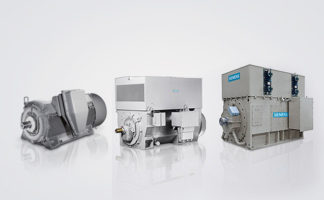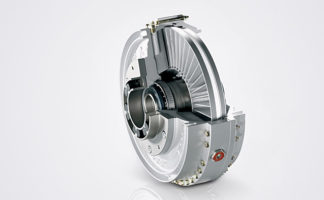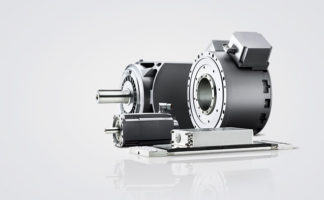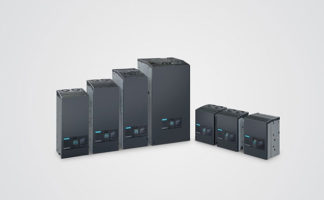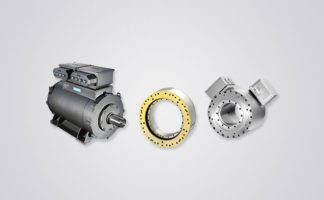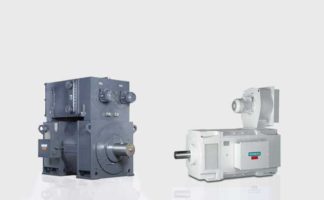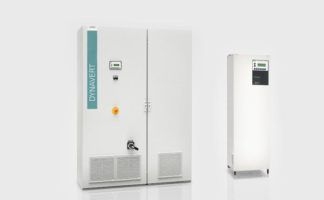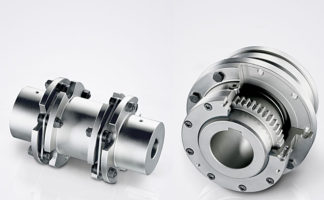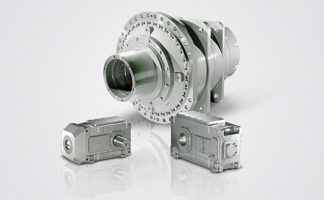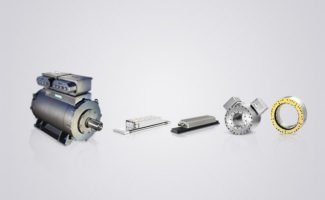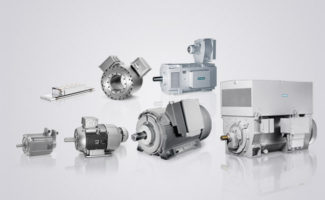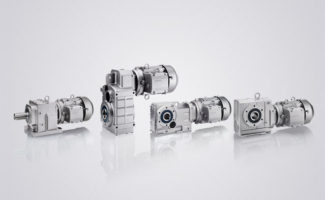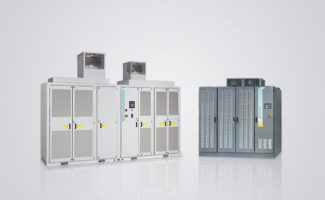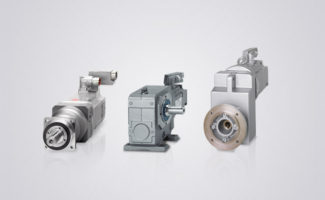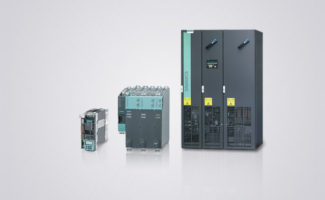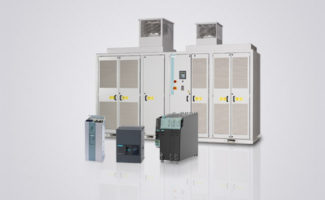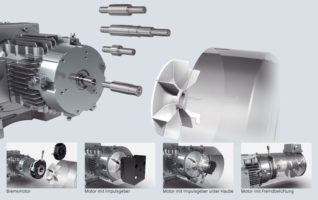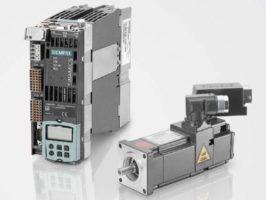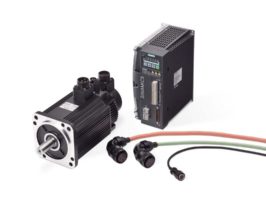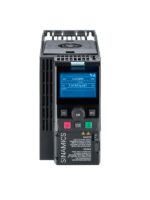
15/4
Siemens KT 10.1 · 2016
15
■
Overview
(continued)
技术信息和配置
Power supplies general
Primary pulsed switched-mode power supplies:
The term SMPS (Switch Mode Power Supply) or primary
switched-mode regulator is often used in the literature.
Block diagram: Single-ended forward converter
主要的开关模式稳压器可在许多差别中提供
ferent circuit versions. The most important basic circuits are sin-
gle-ended forward converters, flyback converters, half-bridge
converters, full-bridge converters, push-pull converters and res-
onance converters.
The general principle of operation of the primary switched-mode
regulator is shown in the block diagram of the single-ended for-
ward converter:
The non-stabilized supply voltage is first rectified and filtered.
The capacitance of the capacitor in the DC link determines the
storage time of the power supply on failure of the input voltage.
The voltage at the DC link is approximately 320 V DC for a 230 V
supply. A single-ended converter is then supplied with this
DC voltage and transfers the primary energy through a trans-
former to the secondary side with the help of a pulse width reg-
ulator at a high switching frequency. The switching transistor has
low power losses when functioning as a switch so that the power
平衡位于> 70%之间,至少90%,具体取决于
output voltage and current.
The volume of the transformer is small in comparison with a
50 Hz变压器由于高开关频率,因为
变压器大小,考虑到更高的切换
frequency, is smaller. Using modern semiconductors, clock
frequencies of 100 kHz and above can be achieved. However,
在过高的时钟频率下切换损耗增加
so that in each case a compromise has to be made between
high efficiency and the largest possible clock frequency. In most
applications, the switching frequencies lie between approxi-
mately 20 kHz and 250 kHz depending on the output power.
The voltage from the secondary winding is rectified and filtered.
The system deviation at the output is fed back to the primary
通过光耦合器电路。通过控制脉冲宽度
(conducting phase of the switching transistor in the primary
circuit), the necessary energy is transferred to the secondary
circuit and the output voltage is regulated. During the non-
conducting phase of the switching transistor, the transformer is
demagnetized through an auxiliary winding. Exactly the same
amount of energy is transferred as is removed at the output. The
最大脉宽的脉冲占空因数these circuits
is < 50%.
Advantages:
•
Small magnetic components (transformer, storage reactor,
filter) thanks to the high operating frequency
•
High efficiency thanks to pulse width regulation
•
Compact equipment units
•
Forced-air cooling is not necessary up to the kW range
•
High storage times are possible in case of power failure by
increasing the capacitance in the DC link
•
Large input voltage range possible
Disadvantages:
•
High circuit costs, many active components
•
High costs for interference suppression
•
The mechanical design must be in accordance with HF
criteria
Primary switched-mode power supplies have taken over from
the other switching modes in recent years. This is due, in partic-
ular, to their compact size, minimal weight, high efficiency and
excellent price/performance ratio.
概括
The most important characteristics of the circuit types described
above are summarized in the table.
Comparison criteria for basic circuit versions
Control
Unstabi-
lized
电源
Single-ended-forward
Load
stabilized
U
OUT
G_KT01_EN_00180
Comparison
criteria
Connection methods
Primary-
switched
mode
Secondary-
switched
mode
Transformer
with in-phase
regulation
Magnetic
稳定剂
Input voltage
range
Very large
Average
Very small
Large
Regulation
speed
Average
Average
Very fast
Slow
Storage time
after power
failure
Very long
Long
Very short
Long
Residual
ripple
Average
Average
Very low
Average
Power loss
Very small
Small
Large
Very small
Size
Very small
Average
Very large
Large
Weight
Very light
Average
Heavy
Very heavy
Interference
suppression
overhead
Very large
Average
Low
Average
© Siemens AG 2016




